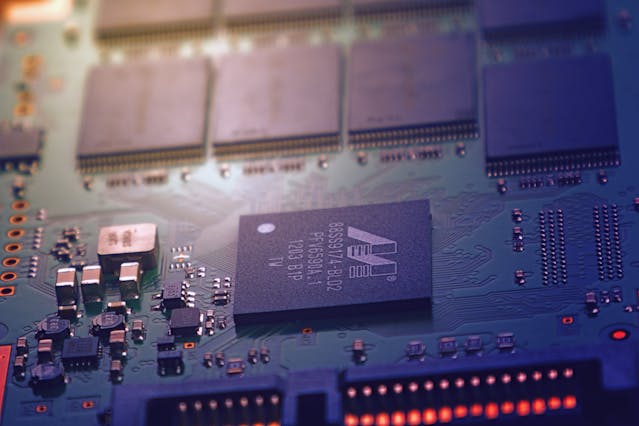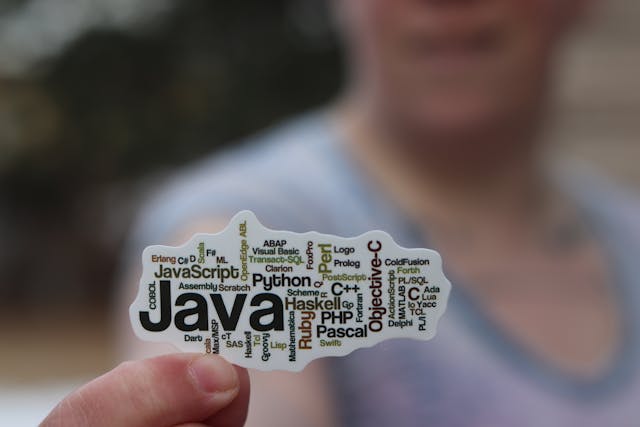Enterprise Java Development Vs Standard Development
Are you new to the wild world of Java development? In that case, you might not be aware of the differences between Java EE and Java SE. The quest to acquire knowledge regarding enterprise Java application development vs standard development is challenging. However, we have made learning those differences fairly simple in this article. Java EE (Enterprise Edition) is known to represent a platform that allows the development of enterprise applications.
On the other hand, Java SE (Standard Edition) is a lightweight platform that controls the creation of standalone applications. However, for testing those applications, the Java Virtual Machine must be present when developers try to run their programs. In this article, we have gone through a detailed discussion regarding the differences between Java SE and EE development.
Table of Contents
What is Standard Java Application Development?
When it comes to the explanation of standard Java application development, it is a platform that supports the development and running of Java-style applications. Remember, while understanding standard Java application development, it is built through a Java development kit.
Most importantly, it comprises tools and libraries that allow the development, testing, and conversion of applications based on the specifications of other devices. Standard Java applications are famously developed through specialized software development models.
By using such development models, programmers design their codes and test them while fixing them before deploying them onto different applications. The whole process is repeated several times before the application starts performing smoothly. It is through a variety of IDEs that standard Java application development can be completed.
A few of those examples comprise Eclipse, NetBeans, and IntelliJ IDEA. Moreover, Standard Java application development uses XML to configure files, while SQL is used for database interaction.
What is Enterprise Java Development?
Enterprise Java development is subjected to the creation of Java applications that are for only business purposes. It is the responsibility of Enterprise Java developers to design the Java Enterprise Edition (EE). This type of Java development is initiated for the creation of large-scale applications that have huge implications for a business. Many companies are known to rely upon Java developers to create enterprise applications that adhere to their demands.
Interestingly, Enterprise Java development could end up being of several categories, from web-based applications to middleware comprising of goods and services. Nonetheless, enterprise Java developers could also include database XML files within their operations. However, it would help if you remembered that enterprise Java development is somewhat complex compared to possessing other skill sets.
Understanding the differences between enterprise Java application development and Standard Java Development
Regarding differences between enterprise Java application development and standard Java development. There are plenty of them that you must know about before getting a detailed insight.
Return on investment
When it comes to talking about return on investment, both enterprise Java application development and standard Java development are completely different. Remember, the target audience for both of those applications is completely different. Therefore, the ROI is also subjected to differences based on the work process initiated.
But being on the developer side, you need to take into consideration the objectives of your application to find its ROI. Calculating returns and evaluating them while designing plans to improve them could lead you toward ROI.
Interoperability
When developers are trying to plan an application, they need to think about its ultimate goal from a business POV. Therefore, when you are on a path to develop an application, you must try to communicate with your team members comprehensively.
This new application developed through either enterprise Java development or standard Java development should operate within its capabilities. In doing so, it would effectively help increase the business’s productivity.
Scalability
Scalability is yet another factor that should be taken into consideration when discussing enterprise and standard Java applications. For instance, when a business is subjected to growth, it should take care of its scalability and the services associated with it.
The design of both enterprise applications and standard Java applications should be able to handle the growth as it comes. Nonetheless, when it comes to the development of enterprise Java applications, future growth probabilities should be considered.
Management of microservices
If you are trying to discuss the differences in management in microservices, both enterprise Java development and standard Java development are completely different. Moreover, when it comes to the management of microservices, enterprise Java applications are said to lag.
Remember, microservices are applications that are split in half to complete a variety of tasks effectively and efficiently. Even the development of microservices is quite complex compared to large-scale applications. Because handling each operation at the micro level would be completely different.
Adaptability
Being a Java application developer, you must design an application that can easily adapt to changing circumstances while adhering to business requirements.
You might already have an idea that businesses are subjected to grow on a large scale if they continue to perform well on every front. However, those services should meet customer expectations while improving their overall satisfaction.
When it comes to handling a business while developing an application, the developer needs to carefully address all problems efficiently.
Learn about Java ME and Java FX
Java ME (Micro edition) could be termed as a development environment or virtual machine that allows developers to test their applications. However, the one difference that stands out from Java ME to others is its operability within small devices like smartphones.
Meanwhile, Java FX is used for web application development with an experienced web development company behind its creation. Using the FX version of Java allows you to try out a variety of graphic and multimedia arrangements. Compared to Java ME, the Java FX is easier to deal with because of its smooth interface.
Why you should choose between Java EE (Enterprise Edition) and Java SE (Standard Edition)?
Remember, both Java EE and Java SE are high-level programming languages that are used in web application development. Java EE is known to provide features that allow the development of large-scale applications. On the other hand, Java SE provides a pathway to simplified programming functionality.
Some other differences can help you decide between Java EE and Java SE. Java Enterprise edition is more of a complete platform where changes are generally not required. However, Java SE contains a variety of Java APIs, and their classes adhere to different specifications. Although both Java EE and Java SE have their set of similarities. While discussing their efficiency there are plenty of differences that should be kept in mind.
Conclusion
Choosing between enterprise Java development and standard Java development purely depends upon the type of Java development you are trying to virtue. Adhering to the demands set by your software development firm would lead you toward the creation of such an application.
In simple words, if your business is looking to develop an application for their business, choosing Java EE would be the best decision. However, if your business is looking to create an application that adheres to smaller demands, going with standard Java development would be an excellent choice.
FAQs
Why is Java used for enterprise application development?
Due to cross-platform compatibility and minimizing deployment issues, Java developers are known to opt for enterprise application development. Know more about the uses of Java.
What is the simplest difference between Java EE and Java SE?
When it comes to explaining the differences between Java EE and Java SE, in simpler terms, Java EE is used to build complex applications that need more attention. Meanwhile, Java SE is used to create simple applications that adhere to smaller demands.
Which is the first version of Java EE?
J2EE, or version 1.2, is considered to be the first known version of Java enterprise edition.









